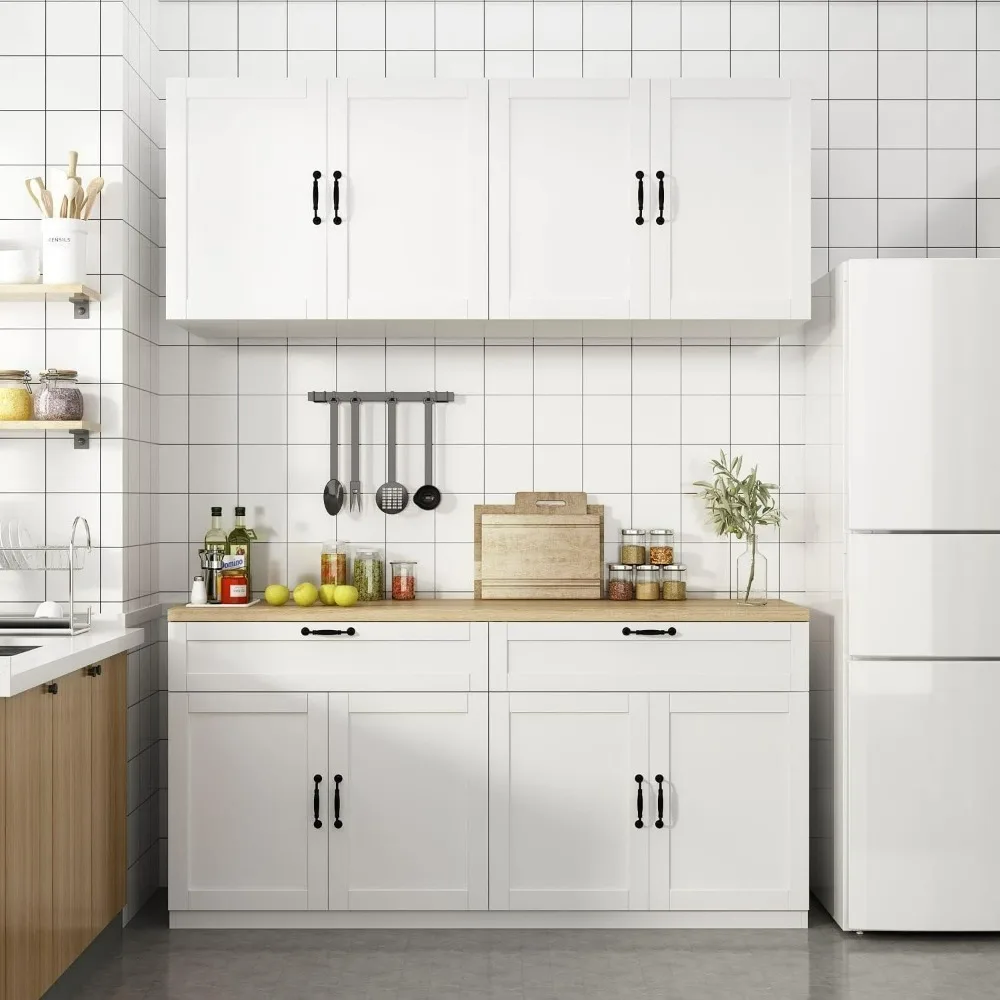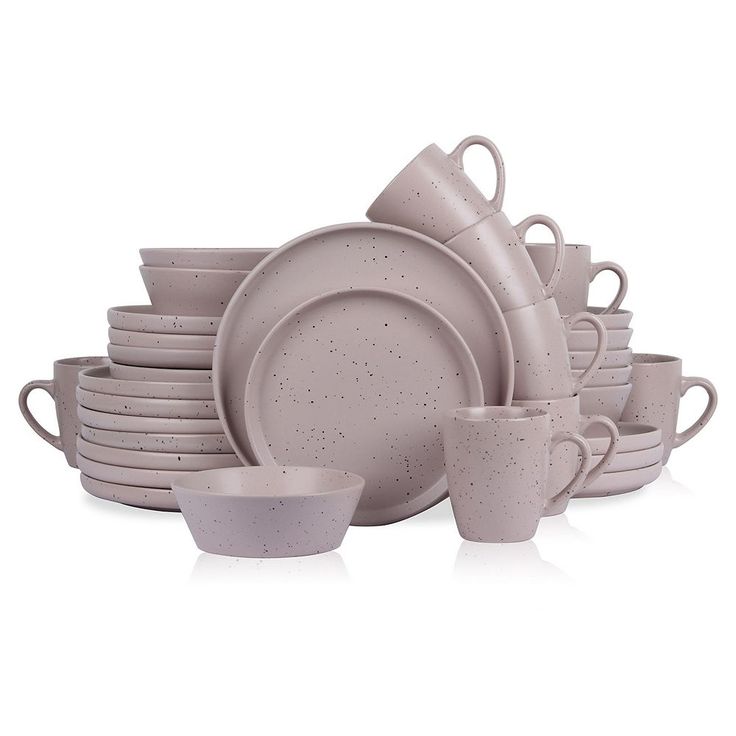Preparing for Cabinet Installation
Remove Existing Cabinets
Before install kitchen cabinets, clear out old ones. Sell, donate, or dispose of them safely. Always wear proper safety gear like goggles and gloves during removal.
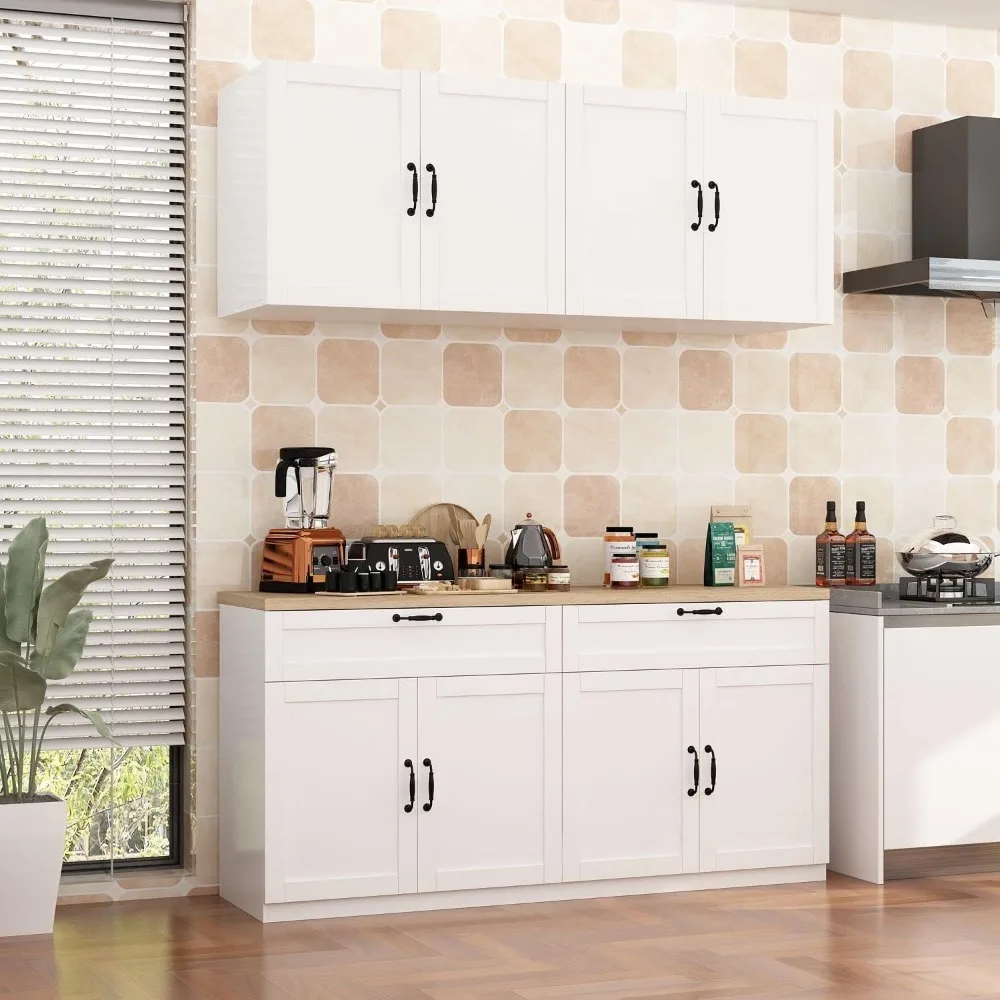
Complete Utility Rough-Ins
Ensure all utility rough-ins are finished prior to installation. This includes plumbing, electrical, and gas. Plan and schedule these tasks early for best results.
Drywall and Painting
Have walls drywalled and painted before cabinets arrive. It’s easier to paint now than after installation. If full painting isn’t possible, at least apply primer to protect walls.
Flooring Installation Concerns
Install most flooring types before putting in cabinets, except laminate, which goes after. Protect new floors with drop cloths during cabinet installation.
Preparing the Indoor Work Area
Make room for cabinets to be cut to size if they are custom. For stock cabinets, still ensure enough workspace for tools and equipment. Keep cabinets indoors to prevent damage.
Securing the Job Site
Create a safe path from the driveway to the workspace. Make sure there’s parking space for delivery trucks. Check that work areas have both heating and lighting.
Communicating with Installers
Talk to your installers about specific needs like tile thickness or appliance templates. Clear communication is key for a smooth installation.
Dust Management Strategies
Expect dust after installation. Use plastic sheeting and tarps to minimize buildup on surfaces and in your home. Prepare for some cleanup post-installation. Plan meals away from home during work hours.
The Step-by-Step Installation Process
Tools and Supplies Needed
Start by gathering the tools and supplies for cabinet installation. You’ll need a cordless drill, tape measure, level, clamps, a ladder, saws, stud finder, wood shims, screws, a pencil, and safety equipment. Check if all supplies are on hand before starting.
Cabinet Inspection and Preparation
Inspect your cabinets once they arrive. Check for damages, correct sizes, and styles. For RTA cabinets, ensure all parts are included. Prepare a clean space for assembly if needed.
Upper and Base Cabinet Installation Sequence
Install upper cabinets before base cabinets. It keeps the base area clear. Start with corner cabinets and work your way out.
Locating and Preparing for Wall Studs
Use a stud finder to locate studs. Mark them on the wall. Attach a temporary support rail to rest cabinets on during installation.
Installing the Upper Cabinets
Begin with the corner cabinet. Make sure it’s level. Secure it to the wall. Repeat with remaining upper cabinets. Use clamps and screws to join cabinets.
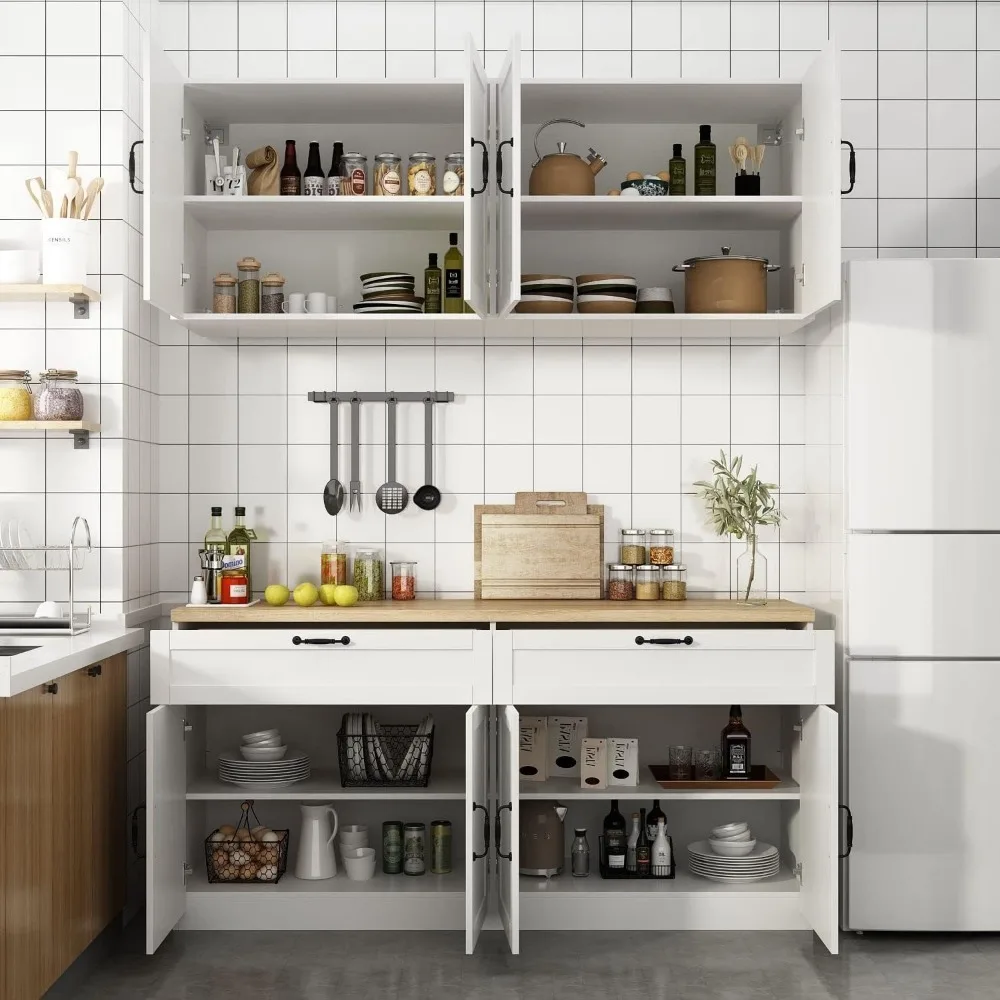
Ensuring Level and Plumb Cabinets
Use a level to ensure all cabinets are straight. Adjust with shims if necessary. Check for level after each cabinet is installed.
Joining Cabinets Together
Clamp adjacent cabinets together. Ensure they are flush and level before fastening. Use screws to join them securely.
Base Cabinet Installation
Once upper cabinets are installed, begin base cabinets. Start with the corner unit and ensure it is level. Continue with remaining base cabinets.
Finishing Touches with Moldings and Toekicks
After installing cabinets, add molding and toekicks for a finished look. Measure and cut molding to fit. Secure in place with finishing nails or screws.
Considerations for Do-It-Yourself Installers
Planning for DIY Cabinet Installation
When install kitchen cabinets yourself, plan each step carefully. Create a checklist to track your progress. Include everything from inspecting the cabinets to cleaning up afterwards. Set aside time for the project and enlist a helper if possible. It’s demanding work, and two pairs of hands are better than one. Before starting, clear your kitchen space. Ensure your tools and materials are easily accessible. This attention to detail will make the process smoother.
Assembling RTA Kitchen Cabinets
Ready-to-assemble (RTA) kitchen cabinets save money but require your labor. Begin by watching tutorial videos; these are a big help. Gather all tools beforehand: a hammer, screwdriver, and maybe a drill. Follow the instructions closely. Mistakes can cause delays or damage. Patience is crucial during assembly. Take your time and double-check each step.
Adjusting Doors and Drawers
After assembly, doors and drawers might not align perfectly. Adjust hinge screws to align doors correctly. For drawers, check the glides. They should move smoothly. If not, loosen the screws slightly, adjust, then retighten. Small adjustments can make a big difference. Ensure doors and drawers open and close without catching or sagging.
Installing Handles and Pulls
Handles and pulls are the finishing touches. Measure carefully before drilling holes. Use a template if provided, or make one to guarantee accuracy. Align the hardware correctly. Misaligned handles can make new cabinets look shoddy. Drill holes steadily and attach each handle securely. Don’t rush this final step. It’s worth the extra attention to detail.
Hiring a Professional Installer
Recognizing the Complexity of Installation
Install kitchen cabinets is not an easy task. It involves precise measurements and physical labor. A small error can lead to big problems. That’s why many choose professional installers. They have the skills and experience for a perfect fit. Plus, they can handle complex layouts and problems that may arise.
Estimating Professional Installation Costs
Costs for professional installation can vary. Factors include cabinet type, kitchen size, and regional rates. On average, expect to pay between $80 and $190 per cabinet. Get multiple quotes to find the best price for your budget. Remember, a higher cost can mean better quality work.
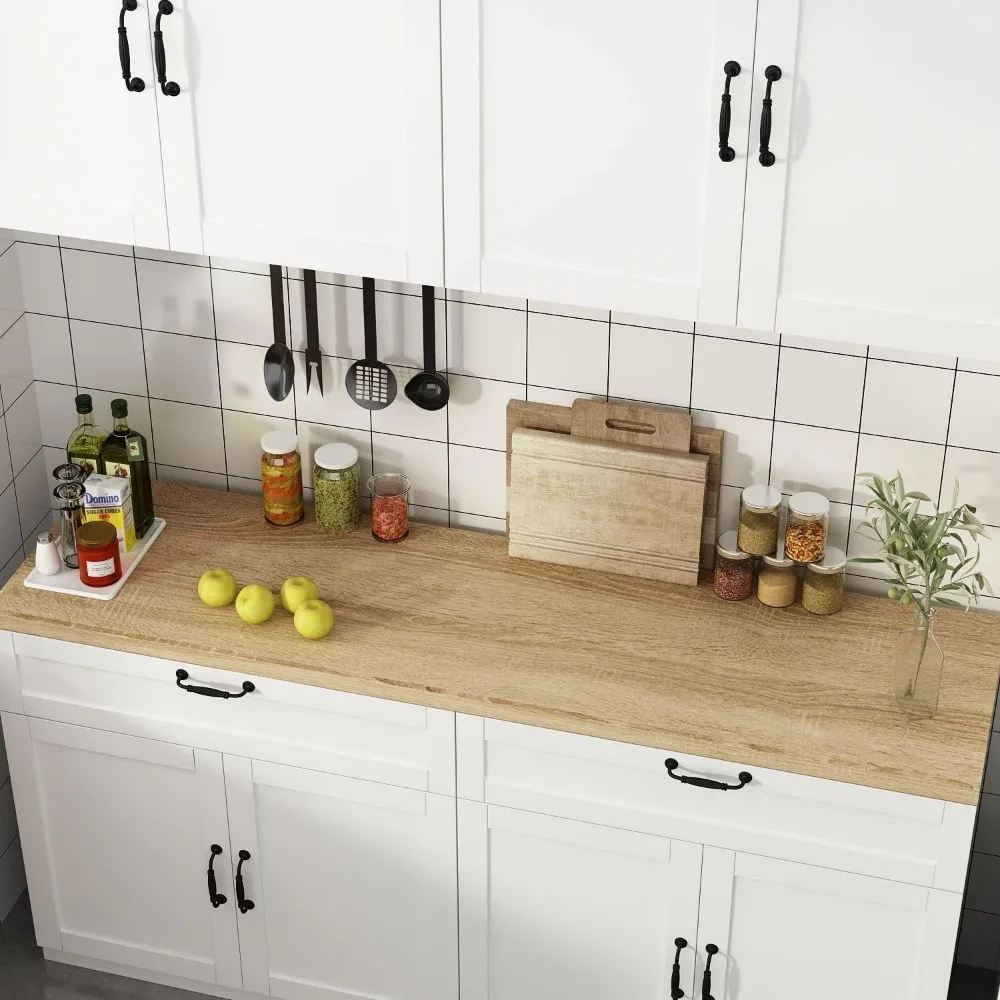
Finding a Qualified Cabinet Installer
Look for licensed, bonded, and insured installers. Check their references and past work. Online reviews and ratings can guide you. A reputable installer will offer a clear contract and warranty for their work. Make sure they have experience with projects like yours. A skilled installer will ensure a smooth and successful kitchen update.
Maintenance and Care for Your New Cabinets
Regular Cleaning
Now that your cabinets are installed, maintenance is important. Regular cleaning helps maintain their appearance and functionality. Use a soft cloth or sponge with mild detergent and water. Avoid harsh chemicals that can strip finishes or damage materials.
Wipe down cabinets every week or as needed. Pay close attention to the areas around handles, as they often accumulate grime.
Dealing with Damage
Accidents happen, and damage can occur over time. Keep a bit of the same paint or stain on hand for quick repairs. Small dents may be filled, and scratches can be painted over.
If doors sag or do not close properly, inspect the hinges. Tightening screws may fix minor issues. If the hinges are damaged, consider replacing them.
Periodic Inspection
Every few months, inspect your cabinets for any signs of wear or damage. Pay attention to hinges and hardware. Check the alignment of the doors and drawers.
Performing regular maintenance ensures install kitchen cabinets will last for years. It’s far easier to fix minor problems early rather than allowing them to grow into larger issues.
Conclusion
Install kitchen cabinets can transform your space and improve functionality. This project may initially seem overwhelming, but breaking it down into manageable steps will make the process smoother. Proper planning, the right tools, and organized installation will yield satisfying results.
Once your cabinets are in place, enjoy your beautiful kitchen. Remember, regular maintenance ensures long-lasting beauty and functionality. With proper care, install kitchen cabinets will remain a centerpiece for years to come. This guide offers a thorough overview of the installation process along with practical tips, making it easier for homeowners to undertake their kitchen renovation.
